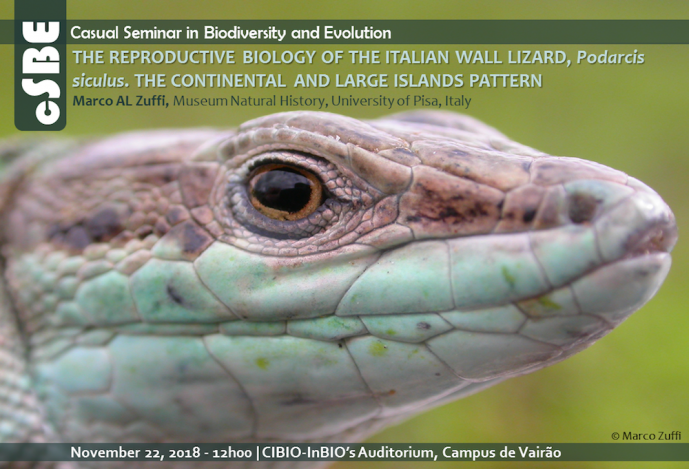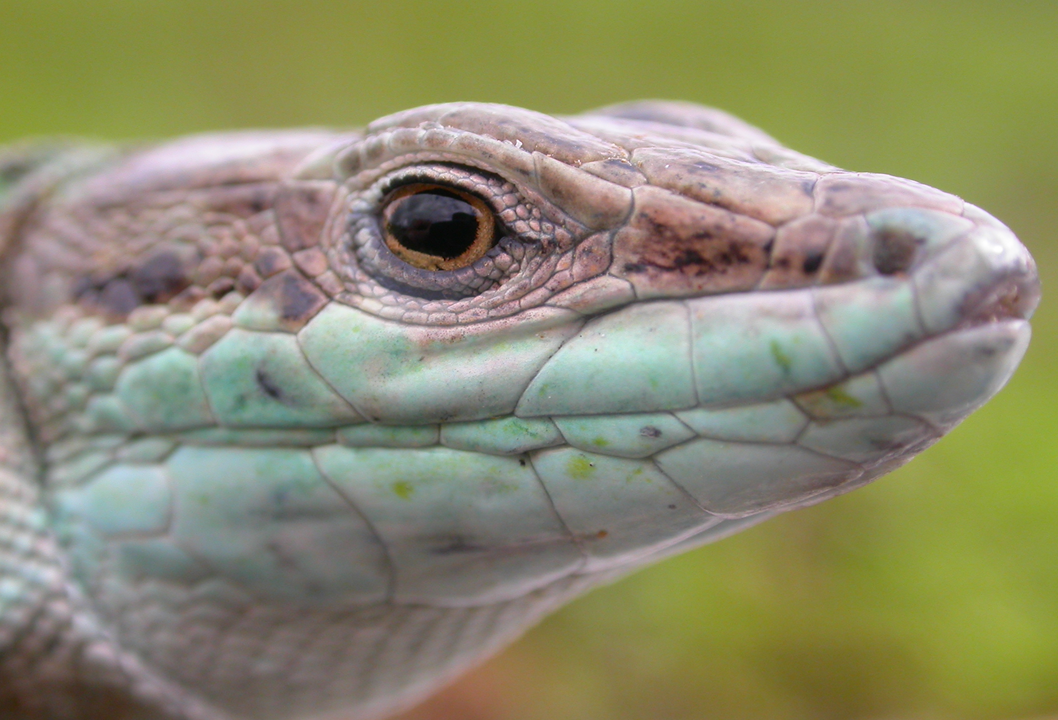THE REPRODUCTIVE BIOLOGY OF THE ITALIAN WALL LIZARD, Podarcis siculus. THE CONTINENTAL AND LARGE ISLANDS PATTERN


Reproductive biology, reproductive patterns and most of the life history traits of terrestrial reptiles are complex to study in the field and very often they require long term studies and a huge field and personnel effort. Alternative, complementary, approach would benefit of analyses of preserved specimens of scientific collections, particularly when sample size is large, highly representative of the species distribution, in terms of geographical information, altitudinal range, ecological distribution and age classes. In our case, the ruin lizard Podarcis siculus represents a suitable lizard species to be investigated (limited distribution, very common, highly competitive, extremely plastic from an ecological point of view, often introduced abroad and well adapted there, etc.), information on which is paradoxically limited for many life history traits, as geographical, altitudinal and ecological variation of reproductive outputs, size and age correlation to clutch size and many other aspects. My talk will describe data collected and infer possible scenarios of this species' biology, ecology (e,g,: follicles/egg development, clutch size variation, fitness-SVL relationships), as a possible tool for further research projects.
Reptiles (and amphibians) have developed a number of life history traits and ecological strategies to adapt to different environments. Marco Zuffi's research combines field, lab and museum activities using a morphofunctional and ecological approach. He addresses questions related to environmental, anatomical, and ecological adaptations, in the light of reproductive strategies and conservation.
[Host: Miguel Carretero, Functional Biology]
Image credits: Marco Zuffi